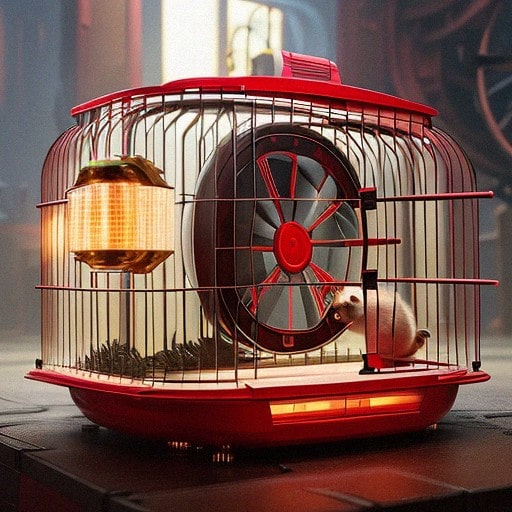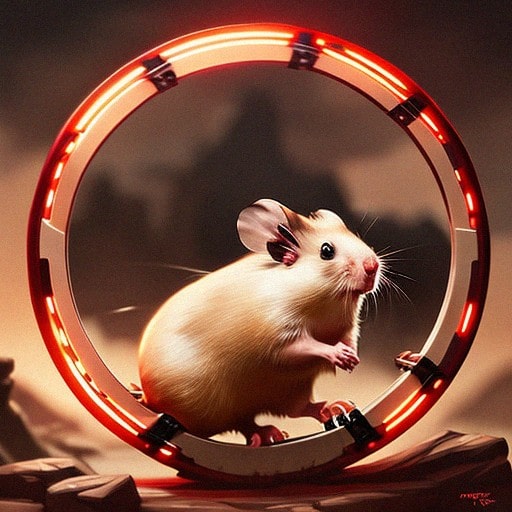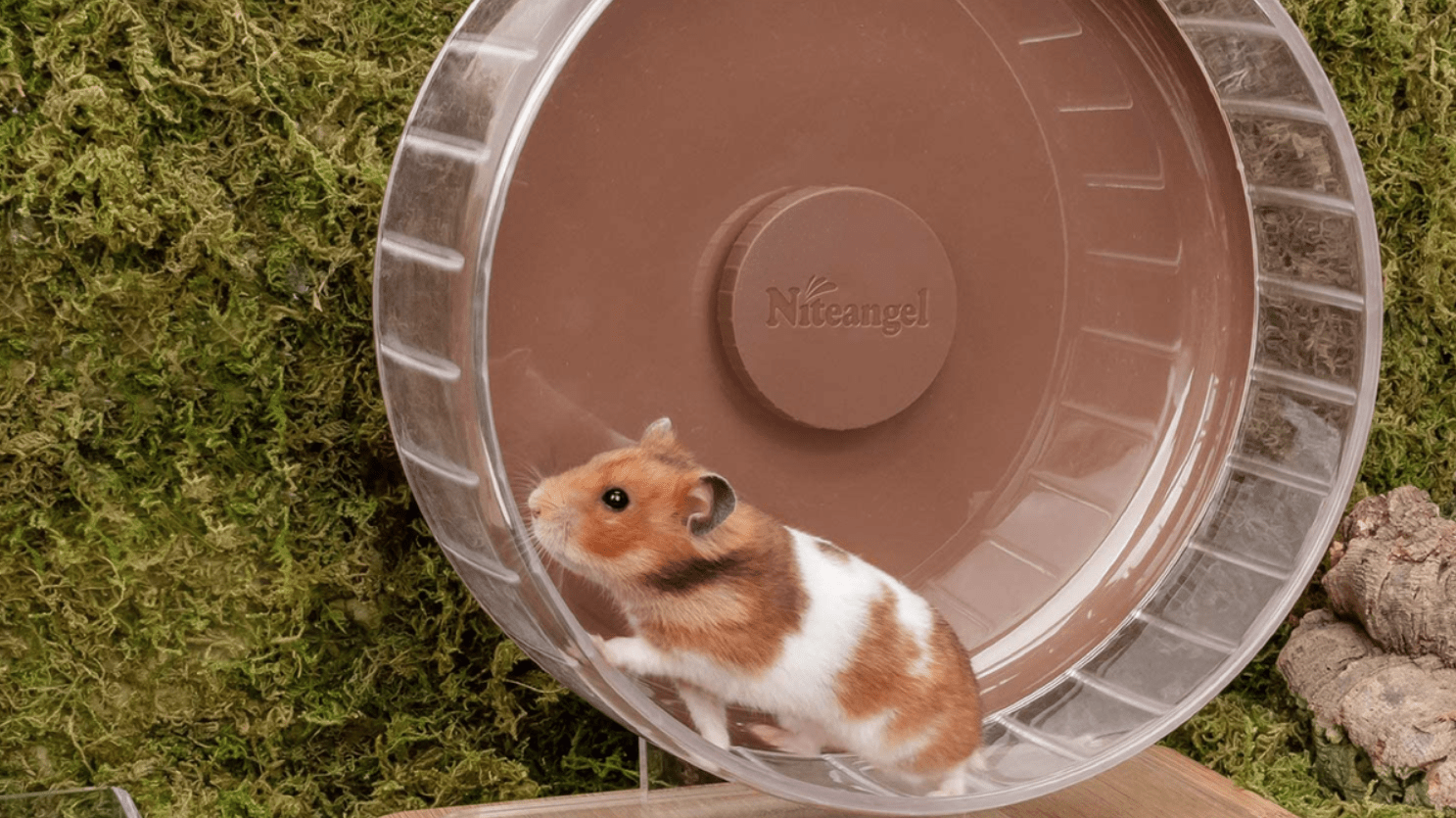Hamster wheels are a staple in most hamster cages, providing a source of exercise and entertainment for these small, active pets. However, there may be times when hamsters avoid their wheels or not use it at all. Understanding the reasons behind this behavior can help ensure that your hamster stays happy and healthy.
Wheel Size

One of the most common reasons a hamster may not be using its wheel is that it is too small. Hamsters have a natural tendency to run and need a wheel that is large enough to accommodate their running stride.
A wheel that is too small can cause discomfort or even injury to a hamster’s back and legs. It’s important to choose a wheel with a diameter of at least 8 inches, and made of solid material, with no gaps or openings that could trap a hamster’s feet or tail.
Wheel Stability
Another common reason a hamster may not be using its wheel is that it is too flimsy or unstable. A wheel that wobbles or moves around when a hamster is running can be dangerous and may cause injury. A wheel that is not securely attached to the cage can also be a problem, as it can be difficult for a hamster to get a good footing and could lead to injury.

Location of the Wheel
Another reason a hamster may not be using its wheel is because the wheel is located in a place where the hamster doesn’t feel safe or comfortable. Hamsters are naturally nervous and can be easily frightened by loud noises or sudden movements.
If the wheel is located near a busy area of the house, or near a window or door that is frequently opened and closed, the hamster may not feel safe enough to use it. The importance of choosing the right hamster housing and location makes all the difference.
Sleep and Mental Stimulation
Hamsters may avoid their wheels because they are not getting enough sleep. Hamsters are nocturnal animals and need a certain amount of sleep during the day. If the wheel is located in a place where there is a lot of noise or activity, the hamster may not be able to sleep and may not feel like running on its wheel.
It is important to provide a quiet, secluded area for your hamster to sleep and rest. Another reason a hamster may not be using its wheel is because it is bored or doesn’t have enough to do. Hamsters need plenty of activities and toys to keep them mentally stimulated.
If a hamster’s cage is too small or doesn’t have enough to do, the hamster may become uninterested in using its wheel. It is important to provide a variety of toys and activities such as climbing structures, tunnels, and chew toys to keep your hamster entertained and active.

Illness and Age
In addition, a hamster may not be using its wheel because it is ill or in pain. Hamsters are good at hiding pain and illness, so it is important to pay close attention to your hamster’s behavior and to take it to the vet if you notice any signs of illness or pain.
A hamster that is not feeling well may not have the energy or desire to run on its wheel. Lastly, a hamster may not be using its wheel because it is too old. As hamsters age, they may become less active and have less interest in running. It is important to be understanding of this and not to force an older hamster to use its wheel.
Final Thoughts
In conclusion, there are many reasons why hamsters avoid their wheels. Understanding the underlying cause of this behavior can help ensure that your hamster stays happy and healthy. If you notice that your hamster is not using its wheel, it is important to take a close look at its environment and behavior to try and determine the cause.
In some cases, it may be a simple fix, such as providing a larger or more stable wheel. In other cases, it may require a more comprehensive approach, such as providing a more secure and comfortable living space, or addressing underlying health issues.
It is also important to remember that every hamster is unique, and what works for one may not work for another. It may take some trial and error to figure out what works best for your hamster. However, with patience and observation, you can help your hamster stay happy and healthy.
